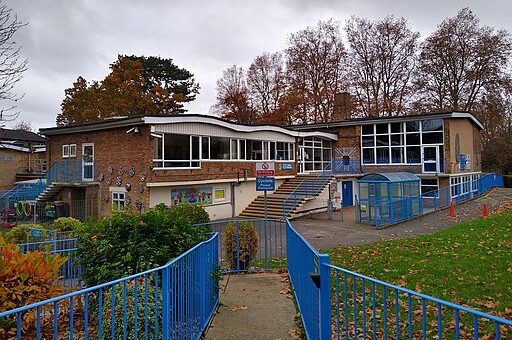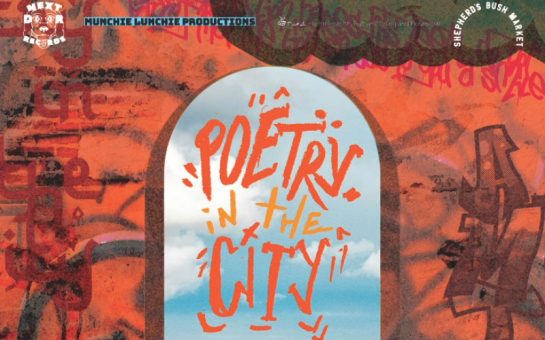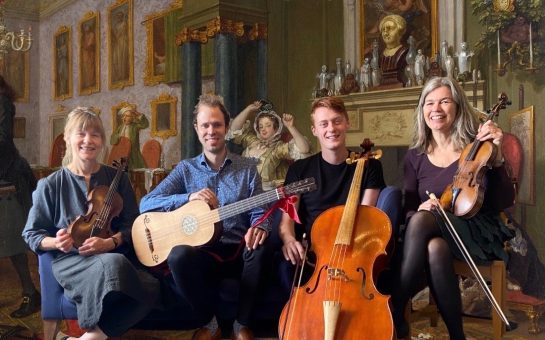A community research project seeking to reinterpret Chiswick House’s collections through a wider lens has been launched to coincide with Black History Month.
Black Chiswick Through History, funded by English Heritage, will collaborate with volunteers and community groups to tell diverse, interconnected stories that have previously been underrepresented in the area’s history.
Chiswick House is one of London’s most prominent heritage houses, a Grade 1 listed building and a central example of the English landscape movement that begun in the 18th century.
Project Curator, Raj Pal said: “Currently, for a variety of reasons, Chiswick House doesn’t have much resonance with the diverse multicultural communities it serves.
“And yet, paradoxically, it also has an embarrassment of riches. These stories mean that our history, our cultures, our heritage, are actually connected to each other and present us with a unique opportunity to construct a more inclusive way of seeing ourselves as being British.”
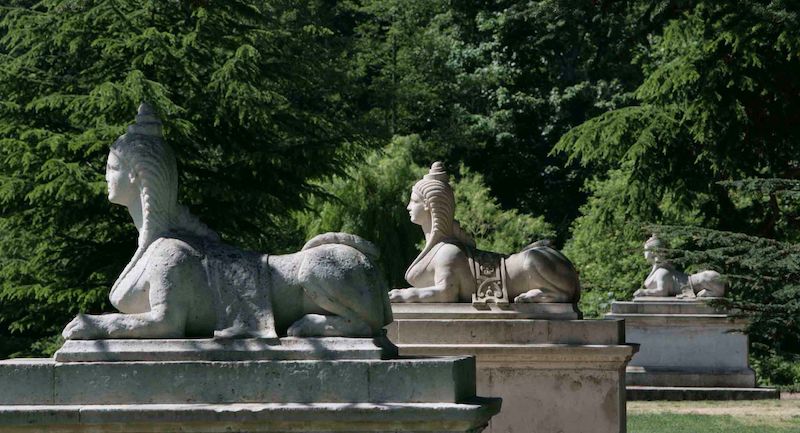
Credit: Chiswick House and Gardens Trust
Five ‘objects in focus’ are being chosen as a starting point for this research, acting as launchpads to tell bigger, wider stories.
One of these objects is a Medici vase which was brought from Florence as part of the Grand Tour of Europe by young aristocrats in the 17th and 18th centuries.
Following the vase’s history, Pal explored how the influential first Duke of the Medici, Alessandro ‘The Moor’, is rumoured to have descended from a black woman, something often underrepresented in literature.
The painting of a Moroccan Ambassador from 1684 is another prominent work at Chiswick House.
In this, the diplomat is portrayed positively, with letters from the time supporting how he was received as an equal.
As well as objects, Black Chiswick Through History also seeks to tell the stories of the the plants and sculptures of Chiswick House.
Through this, the diverse origins of the famous landscape garden can be explored.
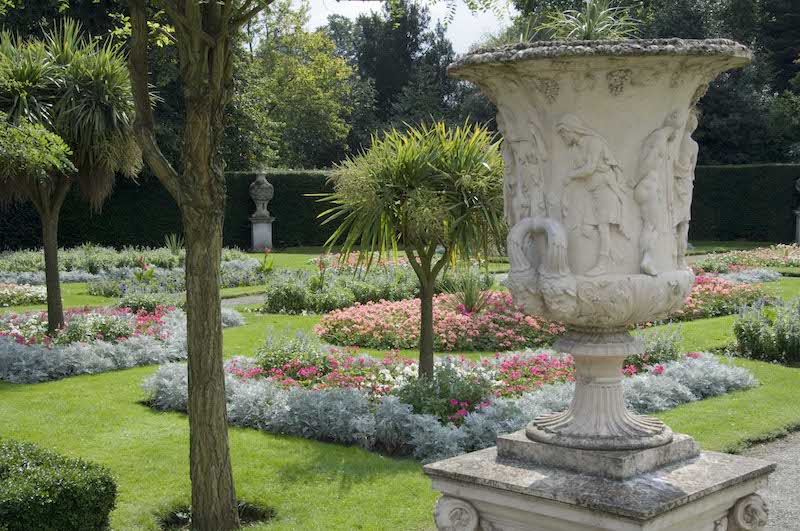
Credit: Chiswick House and Gardens Trust
The project is community focused with volunteers heavily involved in research alongside Pal.
There are also partnerships with Chiswick School and Hogarth Youth & Community Centre, who will respond creatively to the project.
Community Participation Manager, Harvinder Bahra, noted that people are encouraged to respond to the research through whatever medium they desire, such as poetry, art or film.
She added that this community reaction will prevent the project from having a fleeting impact.
She said: “We are hoping that these responses are what visitors encounter when they start to go through the house and garden, so that they become embedded into our interpretation and our stories within the house.”
Chiswick House aim to incorporate the creative responses from community partners into the exhibits when it opens next year in April.
Pal emphasised the universal importance and benefit of this research.
He said: “I work to increase the pool of knowledge, and that pool of knowledge is beneficial for everybody. I think we’re all better human beings when we have more knowledge of the world that we live in, we start to see the world very differently.”
Feature Image Credit: Chiswick House and Gardens Trust

